Seven Separation Anxiety Myths
by Nicole Wilde
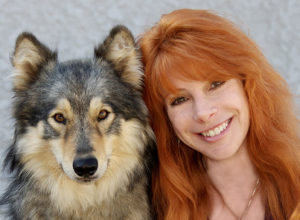
Nicole and Sierra – no separation in this moment = a relaxed Sierra!
As a canine behavior specialist, I’ve seen my share of dogs over the years who suffered from separation anxiety. The vast majority of my clients have been able to modify their dog’s distress when left alone, and I felt confident in my knowledge of the issue. Then my husband and I adopted a two-year-old husky mix from our local shelter, and everything changed.
Sierra didn’t exhibit the classic signs of separation anxiety, namely, destruction, urination and/or defecation, and vocalization. We’d leave her loose in the house alone and return to find everything intact, no mess, and no complaints from the neighbors about noise. I never would have suspected there was a problem except that when I was gone, even for short periods, I’d find her panting heavily. It wasn’t due to hot weather—we adopted her in late December—so I set up a video camera to monitor her activity.
Here’s what I discovered: Immediately after my departure, Sierra began pacing between the window where she could see my car pull out, and the French doors, where she could view it disappearing down the hill to the main road. The vocalizing that accompanied the pacing went from soft whimpering to a pronounced series of whines, and soon turned into barking. The barks became more urgent. Finally, she melted into a series of pitiful howls. Reviewing the footage tore at my heart. My girl was clearly suffering. Donning my red cape, I instantly morphed from Dog Mom into Behavior Woman, able to solve tall canine conundrums in a single leap of logic. I used the same types of solutions that had worked for many of my clients, while simultaneously ensuring that Sierra was never left alone unless we were practicing our protocols. But it soon became obvious that Sierra just hadn’t read the right books; she not only didn’t show typical symptoms, but she also didn’t respond to many of the things that normally worked. My red cape obviously needed some sprucing up.
Living with a dog who has separation issues is a whole different animal than giving someone else advice, and I soon developed a whole new empathy for owners. I also became a one-woman research and development team. I scoured the latest studies, read and re-read all the available literature, and tried out a variety of tools and techniques. I eventually redesigned parts of my protocols, created outside-the-box tactics and, eventually, wrote a book about separation anxiety called Don’t Leave Me! Step by Step Help for Your Dog’s Separation Anxiety Along the way, I discovered that some of the long-held, traditionally accepted truths about separation issues just aren’t valid, at least for some dogs.
Here are seven common myths, and why you shouldn’t take them at face value:
1. Dogs who have separation anxiety are always “Velcro” dogs. This is a term commonly used for dogs who stick close by your side, not wanting to be away from you even for a moment. It’s true that many dogs with separation issues follow their owners around the house. Some owners can’t shower in peace, while others can’t even use the bathroom without taking their dogs in with them. And a 2001 study1 by Gerard Flannigan and Nicholas Dodman did find that hyperattachment to the owner was significantly associated with separation anxiety. With all of that, it makes sense to believe that all dogs with separation issues must be Velcro dogs. Sierra shattered that particular myth for me. A true predator at heart, she enjoys nothing better than lying on the ramp outside the back door and surveying her domain. The hills that surround our house are plentiful with lizards, mice, bunnies, and other assorted critters. Sierra is very patient and lightning fast, and more than once I’ve found her with a hapless lizard hanging out of her mouth. (I keep threatening to sign her up for Predators Anonymous, but so far my warnings haven’t been heeded.) Suffice it to say that following me around the house is pretty boring compared to watching over her Wild Kingdom, and she’d prefer to be outside; that is, as long as she knows I’m in the house. Once she hears the car pull away it’s game over, and the stress of separation kicks in. Sierra’s not the only one. There are plenty of other dogs who, while they might not be strongly predatory, are just fine in or outside the house a long as they know someone is at home. So don’t jump to conclusions. If your dog follows you around like drama follows Lindsay Lohan, it could be separation anxiety, but it’s not necessarily the case. And if your dog doesn’t shadow your every move, that doesn’t mean separation issues can be ruled out, either.
2. Letting your dog sleep in your bed will cause separation anxiety. I can’t tell you the number of times I’ve heard trainers advise owners not to allow their dogs to sleep with them, for fear the dog would become so bonded that being left alone would become unbearable. Nothing could be further from the truth. The above-referenced study also concluded that “Spoiling activities such as allowing the dog on the owner’s bed…were not associated with separation anxiety.”2
While it’s true that sleeping in the owner’s bed won’t cause separation anxiety, if your dog already suffers from the issue, all of that nighttime closeness won’t help. After all, the goal is for your dog to learn to feel relaxed when alone, and if he can’t even be physically separated from you overnight, how can he remain calm by himself during the day when you’re gone? Start by giving your dog an alternate sleeping space. Don’t worry; it can be right by your bed at first. Place a dog bed next to yours and gently coax your dog back into his own bed each time he tries to climb up into yours; or, if necessary, use a short leash to tether him in place nearby. You might eventually choose to have him sleep further away or outside the room altogether, but getting him out of your bed is a good start.
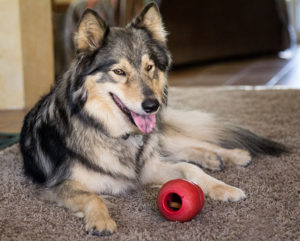
Sierra with a stuffed Kong.
3. If your dog has separation anxiety, he won’t eat while you’re gone. Think back to a situation where you were extremely worried or afraid. Chances are, a tasty pizza wasn’t the first thing on your mind. For many stressed out dogs, the same mechanism is at work. But chewing provides stress relief for dogs, and in all but severe cases, despite their stress, many dogs will excavate stuffed Kongs, gnaw on chew bones, or work at food-dispensing toys. If you stuff a Kong or other food dispenser for your dog, place the item within easy reach and lay out a short trail of super yummy treats leading to it. This trail o’ treats is more likely to entice your dog to begin chewing than leaving the Kong lying there by itself.
Some dogs are too wound up to stay in one place to chew. For those dogs, a food dispenser that can be batted around, such as the Molecuball or Kong Wobbler, is a better choice. These products allow the dog to expend that anxious energy in a more active way, and by providing that focus, may even prevent destruction.
4. If your dog destroys things while you’re away, he must have separation anxiety. I once had an owner tell me that his dog was suffering from separation anxiety. When I asked how he knew, he said he’d discussed it with his veterinarian, who had put the dog on medication. I asked how the problem had been diagnosed. What were the symptoms? The dog, he informed me, had chewed a shoe while he was gone. I waited. And? Well…that was it. The dog had destroyed a shoe. The man had heard that dogs with separation anxiety chew things, had put two and two together, and had, with the veterinarian’s assistance, come to this conclusion. While it’s true that destructiveness is the number one symptom of separation anxiety, many dogs are destructive for other reasons, including boredom, under-stimulation, or not being completely trained.
In cases of true separation anxiety, destruction is often focused on the owner’s belongings, since the scent is comforting to the dog, or around doors and windows where the owner has left or can be seen leaving. Destruction of other items is possible, of course, but again, destructiveness in and of itself is not necessarily a sign of a separation issue. As with other clues, it must be factored in to the total case history.
5. Getting another dog will solve the problem. Oh, that this one were always true! Whether getting a second dog will alleviate the anxiety of the first depends largely on whether the original dog’s distress stems from being separated from a particular person (what we typically think of as separation anxiety), or from simply not wanting to be left alone, which is more accurately called isolation distress. In the case of the latter, any warm body will do. That’s good news, as the problem might be solved by the presence of a different person, another dog, or, in some cases, even a cat. So for a dog with isolation distress, getting another dog certainly could help; but there is always the chance that it won’t; and, in the worst case scenario, you could end up with two dogs with separation issues! Unless you were planning to add another dog to the family anyway, it’s better to do a bit of experimenting first. Consider fostering a dog for a rescue organization. That way, you’ll find out whether your dog is more relaxed with a buddy while you’re gone. And, who knows, you might even decide to adopt the dog permanently.
6. A dog with separation anxiety should never be left in a crate when alone. This one’s another partial myth. There are dogs who, if left crated, will frantically try to escape, and may injure themselves in the process. Others will chew themselves to the point of self-mutilation. Clearly, for those dogs, crating is not a good option. But for a dog who is comfortable in her crate, who sleeps in it at night and doesn’t mind being contained there for brief periods during the day, the crate might just be a saving grace. Many dogs will settle down more quickly when crated, particularly if the crate lends a feeling of being safely enclosed. For that reason among others, I prefer the plastic snap-together type crates to the wire ones.
7. If your dog has separation anxiety, it’s best to ignore him while you’re at home. This one was probably an extrapolation of the traditional advice to ignore your dog for ten minutes before leaving the house, and for ten minutes after returning. The logic goes that the less difference in emotional peaks and valleys between when you’re at home and when you’re gone, the easier it will for the dog. But I didn’t get a dog to ignore him, and I bet you didn’t either. Besides, imagine that your significant other suddenly began to ignore you. Wouldn’t you wonder what you’d done wrong? Would you not become anxious and stressed even if you weren’t to begin with? Dogs are masters of observation and believe me, if you suddenly start to ignore your dog, chances are you’ll cause more anxiety, not less. It is true that you shouldn’t make a huge fuss over your comings and goings, but keeping things on an even keel emotionally is the key.
If your dog has separation anxiety, keep these myths in mind. While some might hold true, others just might not. Closely observing your dog’s behavior and evaluating it on an individual basis will allow your treatment plan to be that much more successful.
(1) & (2) Flannigan G. and Dodman N.: Risk factors and behaviors associated with separation anxiety in dogs, JAVMA 219: 4, Aug. 2001
Nicole Wilde’s writing has been part of the CATCH curriculum for many years and is loved by our students. Nicole is an internationally recognized, award-winning author and lecturer, as well as a professional canine behavior specialist and Certified Professional Dog Trainer (CPDT-KA). Check out Nicole’s website to discover her books and more articles like this.





 In the second clip, you can see we’ve taken the self-control to another level: temptations are being placed out in the open.
In the second clip, you can see we’ve taken the self-control to another level: temptations are being placed out in the open. Impressive manners and control? Yes. But it comes from simple exercises applied consistently. Hey, even a 3-month-old can learn this stuff.
Impressive manners and control? Yes. But it comes from simple exercises applied consistently. Hey, even a 3-month-old can learn this stuff.
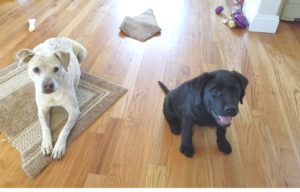

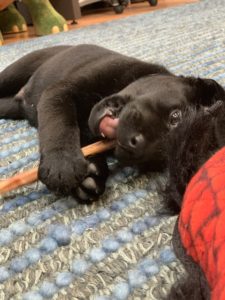




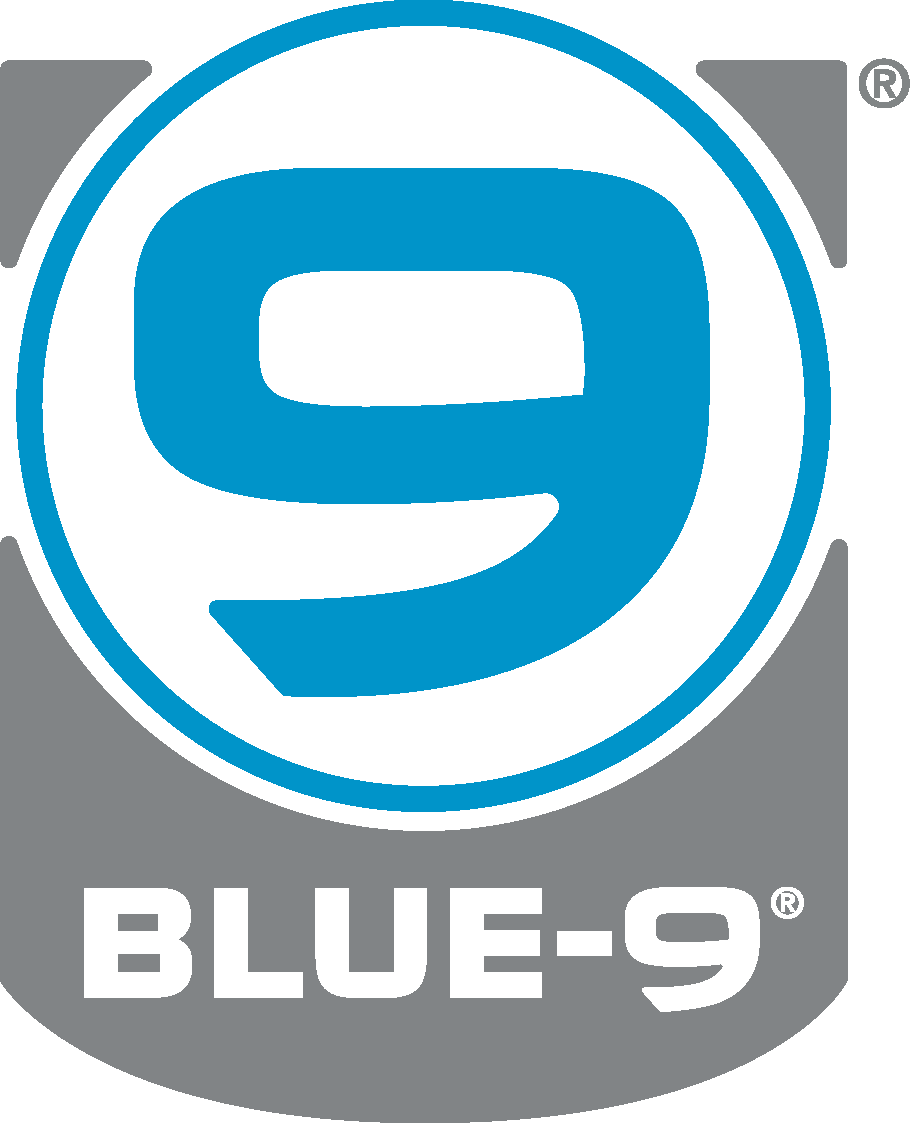
 Phone:
Phone: